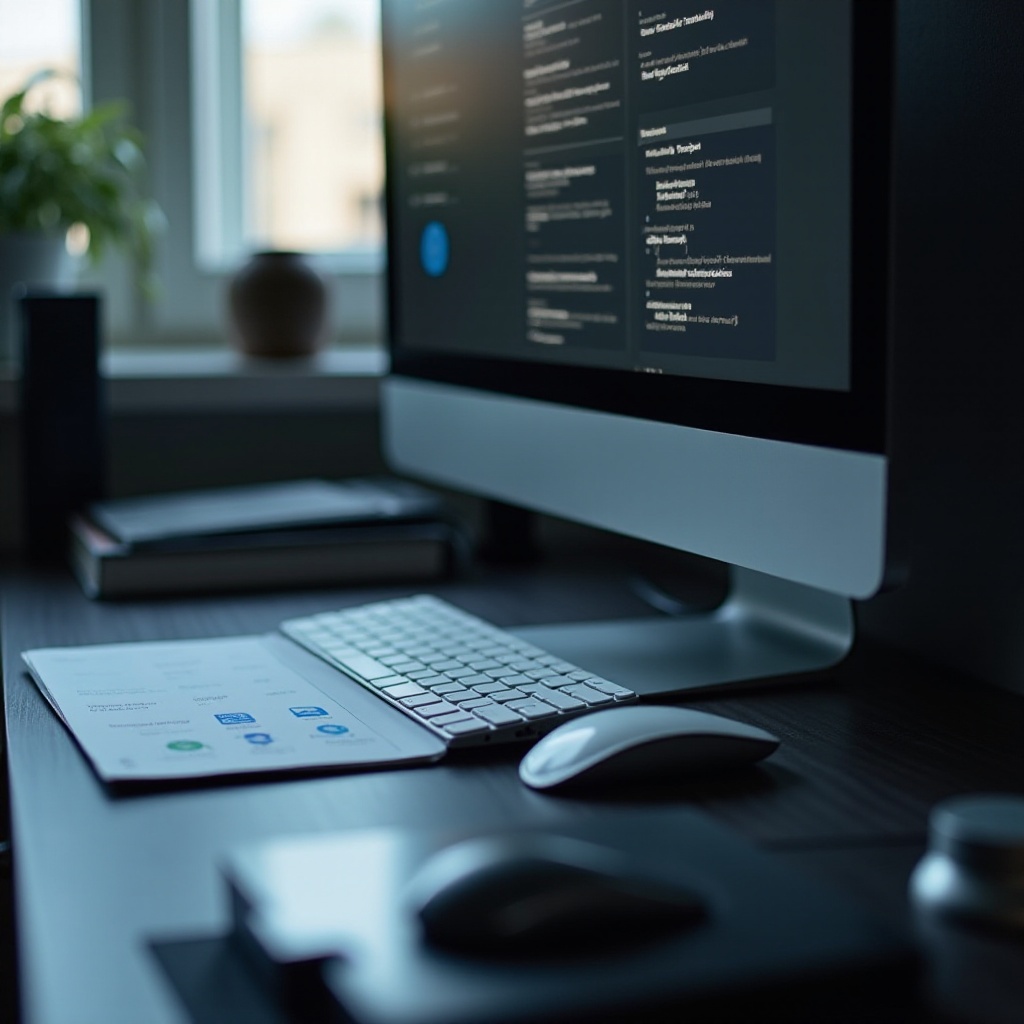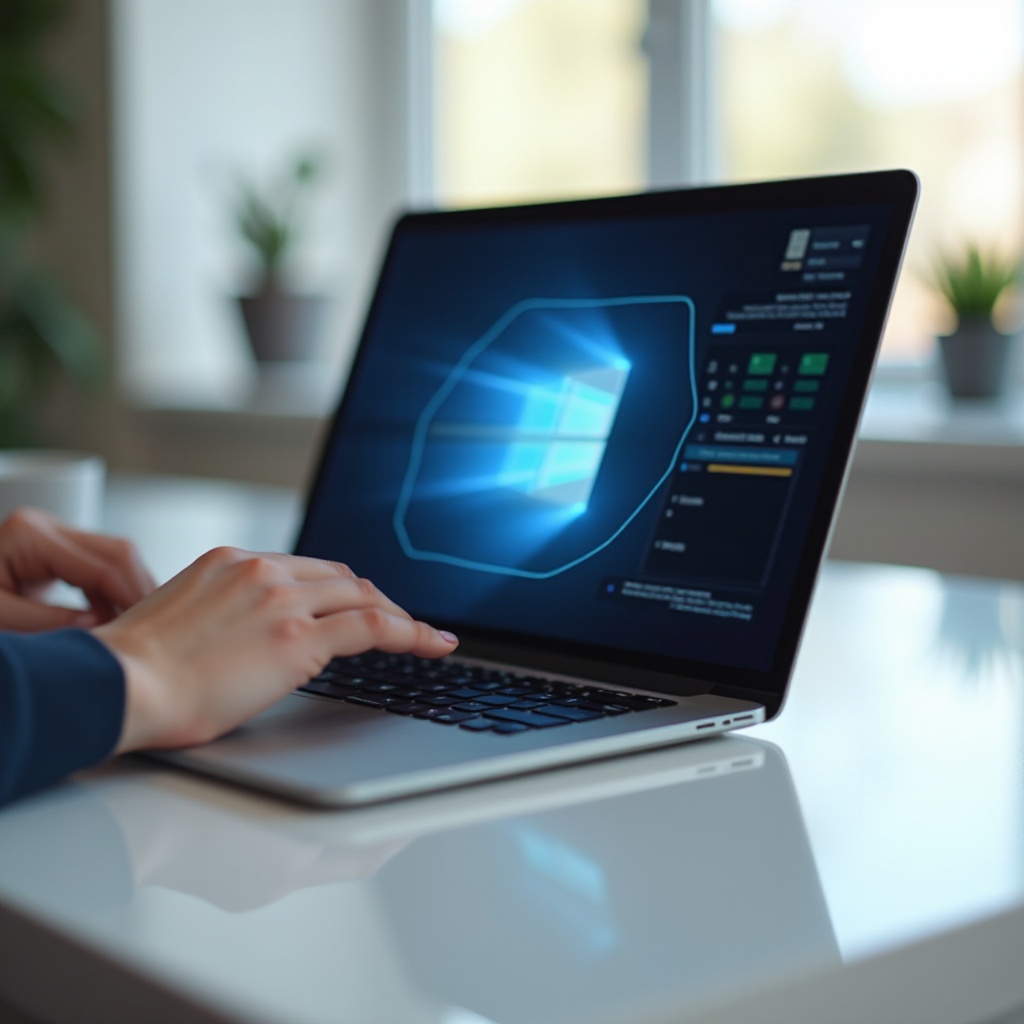Introduction
Experiencing computer stuttering can be a major hindrance, particularly when engaged in crucial tasks or streaming content. Stuttering happens when the computer temporarily freezes or slows down, causing disruptions. Understanding the underlying causes is crucial for finding effective solutions. This article delves into the factors causing computer stuttering and shares practical steps to mitigate and prevent these issues. Whether due to hardware failures or software malfunctions, identifying the causes enables you to enhance your computer’s performance.

Understanding Computer Stuttering
Computer stuttering can be understood as brief interruptions in system performance, where tasks stall momentarily, lasting from milliseconds to several seconds. Such interruptions commonly occur under heavy computer strain or due to unresolved underlying issues. Stuttering often manifests as audio disturbances, video lags, or delayed input responses. Recognizing these patterns can aid in pinpointing and addressing their sources effectively.
Recurring stuttering can signify deeper issues within your computer’s hardware or software components, impacting not just your workflow but the overall system reliability. Differentiating between temporary slowdowns from intensive usage and persistent stuttering that indicates an issue is vital. Acknowledging these symptoms assists in selecting the right diagnostic tools and remedies, paving the way for a smoother computing experience.
Common Causes of Computer Stuttering
To comprehend why your computer stutters, it’s essential to identify various potential causes, which may include hardware issues, software conflicts, or overall system overload.
Hardware Related Issues
Many stuttering problems are rooted in hardware issues, where components like the CPU, GPU, RAM, and storage play key roles:
- CPU and GPU Overheating: Overheating causes performance throttling, leading to stuttering.
- Insufficient RAM: Limited memory leads to more frequent swapping between active processes and the disk, causing delays.
- Fragmented Hard Drive: Fragmentation increases the time and resources needed to access files, slowing overall performance.
Software Conflicts
Software conflicts between applications and the operating system can also contribute to stuttering:
- Outdated Drivers: Ensuring efficient communication between hardware and software requires updated drivers.
- Background Processes: Too many processes running in the background can hog resources needed for current tasks.
- Corrupt System Files: Disruptions in system files can severely affect normal operations, causing stuttering.
System Overload
When your system is overwhelmed with tasks, it may become unresponsive:
- Multiple Resource-Intensive Applications: Using demanding applications simultaneously strains all available resources.
- Limited Disk Space: A full hard drive drastically diminishes system responsiveness and performance.
Diagnostic Tools and Techniques
To correctly identify the causes of stuttering, using both built-in OS tools and third-party applications is critical.
Built-in System Diagnostics
Operating systems provide various diagnostic utilities to check for common performance issues:
- Windows: Task Manager and Event Viewer provide insights into resource usage and log significant system events.
- macOS: Activity Monitor allows users to view detailed information about CPU and memory usage.
Third-Party Diagnostic Tools
Specialized diagnostic applications offer deep insights:
- Hardware Monitoring Tools: Applications like HWMonitor help track thermal and voltage metrics, essential for diagnosing hardware issues like overheating.
- Disk Analyzers: Tools such as Defraggler or CCleaner recommend necessary optimizations for system improvement.
Interpreting Results
Comprehending diagnostic results is crucial for effective problem resolution:
- Analyze CPU and memory use for unusual activities.
- Look for trends in disk performance metrics such as read/write speed comparisons.
- Check Event Viewer for error codes or performance logs for scaling issues.
Step-by-Step Solutions to Fix Computer Stuttering
A strategic approach helps eliminate stuttering issues methodically.
Hardware Upgrades
- Enhance RAM Capacity: Adding more RAM can help minimize data swapping for smoother performance.
- Upgrade Storage Drives: Solid-state drives (SSDs) offer faster access times than traditional hard drives.
- Install Advanced Cooling Solutions: Additional fans or liquid cooling systems can efficiently manage overheating.
Software Optimization
- Update Drivers and Software: Keeping all drivers up to date ensures optimal hardware efficiency.
- Disable Unnecessary Programs: Remove or disable startup programs that consume resources without necessity.
- Repair Corrupt Files: Use built-in tools like the Windows SFC scan to mend corrupt files.
System Management
- Disk Cleanup: Regular cleanup actions can free up space and enhance speed.
- Manage Background Processes: Employ task managers to reduce the load of background activities.
- Adjust Visual Effects: Reducing visual effects helps conserve resources for essential tasks.

Preventative Measures to Avoid Future Stuttering
Proactive measures keep your computer running smoothly, avoiding frequent stuttering issues.
Regular Maintenance Checks
- Monthly Clean-ups: Ongoing disk clean-ups keep storage organized.
- Routine System Scans: Antivirus software can reveal hidden malware threats.
Software Health Practices
- Version Updates: Ensure software is up-to-date to support security and performance enhancements.
- Efficient Task Scheduling: Schedule tasks for periods of low activity to manage resource usage efficiently.
Backup and Recovery Options
- Create Restore Points: Regular backups offer a fallback to a stable system state.
- Data Backup Solutions: Employ cloud or external storage for important data protection.

Conclusion
Comprehensively addressing computer stuttering involves identifying underlying causes and applying targeted solutions systematically. Upgrading hardware components, optimizing software settings, or implementing preventive maintenance steps all contribute to greater performance and reliability. Through regular diagnostics and proactive strategies, users can manage and avert stuttering, ensuring seamless operation and improving their computing experience substantially. By continuously monitoring and upgrading your system, interruptions can be minimized, fostering a more efficient and enjoyable technological engagement.
Frequently Asked Questions
How can I check if my RAM is causing the stuttering?
Access your computer’s task manager to monitor RAM usage. If memory usage consistently peaks at high levels, it could indicate your system requires more RAM.
Can malware lead to computer stuttering?
Yes, malware consumes resources by running malicious processes in the background, which can cause stuttering. Regularly scanning for malware with antivirus software is advised.
What are some online tools to help diagnose stuttering issues?
Online tools like UserBenchmark provide basic diagnostic tests to understand system performance. Websites like PassMark offer benchmarking software to analyze hardware capability.


